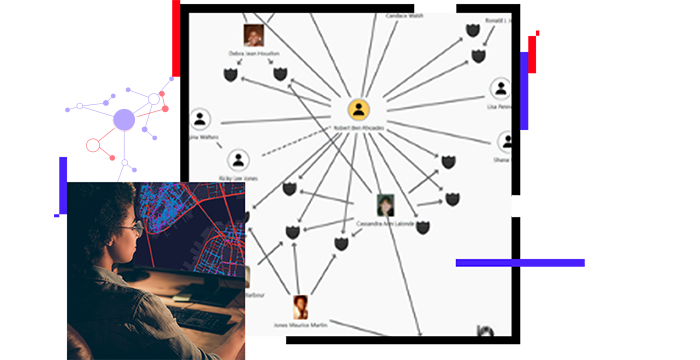In the ever-evolving landscape of cybersecurity, the United States stands as a beacon of innovation, driving advancements in threat intelligence and detection technologies. As cyber threats become more sophisticated, U.S. experts and organizations continually push the boundaries of what’s possible, developing cutting-edge solutions to identify and counteract emerging cyber risks. This article explores the forefront of U.S. innovations in threat intelligence and detection, showcasing the technologies that are shaping the future of cybersecurity.

- Machine Learning and Artificial Intelligence (AI): U.S. innovations in threat intelligence leverage machine learning and AI to sift through vast amounts of data and identify patterns indicative of potential threats. These technologies enable systems to continuously learn and adapt, enhancing the speed and accuracy of threat detection in real-time.
- Behavioral Analytics: Traditional signature-based detection methods are increasingly supplemented by behavioral analytics. U.S. innovations in this field involve monitoring user and system behavior to detect anomalies that may signal a security threat. By establishing baselines and recognizing deviations, these systems provide a proactive defense against evolving cyber threats.
- Big Data Analytics: The U.S. is at the forefront of harnessing big data analytics for threat intelligence. By analyzing massive datasets, security experts can identify trends, correlations, and anomalies that may go unnoticed with traditional methods. This approach allows for a more comprehensive understanding of the cybersecurity landscape.
- Threat Intelligence Sharing Platforms: Collaboration is key in the fight against cyber threats, and U.S. innovations include the development of threat intelligence sharing platforms. These platforms allow organizations to share information about the latest threats and attacks, enabling a collective defense against common adversaries.
- Dark Web Monitoring: U.S. innovations extend into the depths of the dark web, where cybercriminals often operate. Advanced threat intelligence solutions monitor underground forums and marketplaces to identify and preemptively respond to potential threats before they manifest on the surface.
- Deception Technologies: U.S. cybersecurity experts explore deception technologies to mislead and confuse attackers. By deploying decoy assets and false information, organizations can divert and identify malicious actors, gaining valuable insights into their tactics, techniques, and procedures.
- Threat Hunting Platforms: Proactive threat hunting is a crucial aspect of U.S. innovations in cybersecurity. Threat hunting platforms empower security analysts to actively search for indicators of compromise within a network, allowing for the early detection and mitigation of potential threats.
- Automated Incident Response: Rapid response to cyber incidents is essential, and U.S. innovations include the automation of incident response processes. Automated systems can quickly identify and neutralize threats, reducing the impact of security incidents and enhancing the overall resilience of organizations.
- Cyber Threat Intelligence Feeds: U.S. cybersecurity experts develop and maintain cyber threat intelligence feeds that provide real-time information about emerging threats. These feeds enable organizations to stay ahead of the curve by incorporating the latest threat intelligence into their security measures.
- Continuous Monitoring and Threat Mitigation: Continuous monitoring is a cornerstone of U.S. innovations in threat intelligence. By implementing real-time monitoring and automated threat mitigation, organizations can respond swiftly to security incidents, minimizing the potential damage caused by cyber threats.
Conclusion:
U.S. innovations in threat intelligence and detection underscore the nation’s commitment to staying ahead of the dynamic and evolving landscape of cyber threats. By embracing cutting-edge technologies, fostering collaboration, and prioritizing proactive defense measures, the United States continues to shape the future of cybersecurity, enhancing the resilience of organizations and safeguarding critical digital assets.

